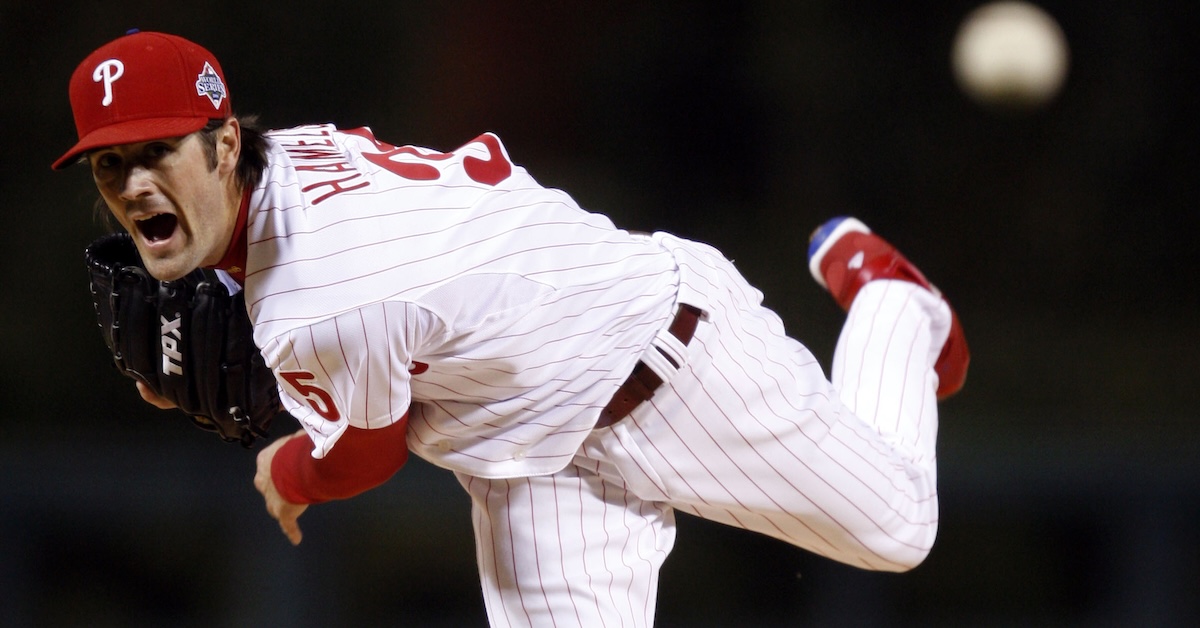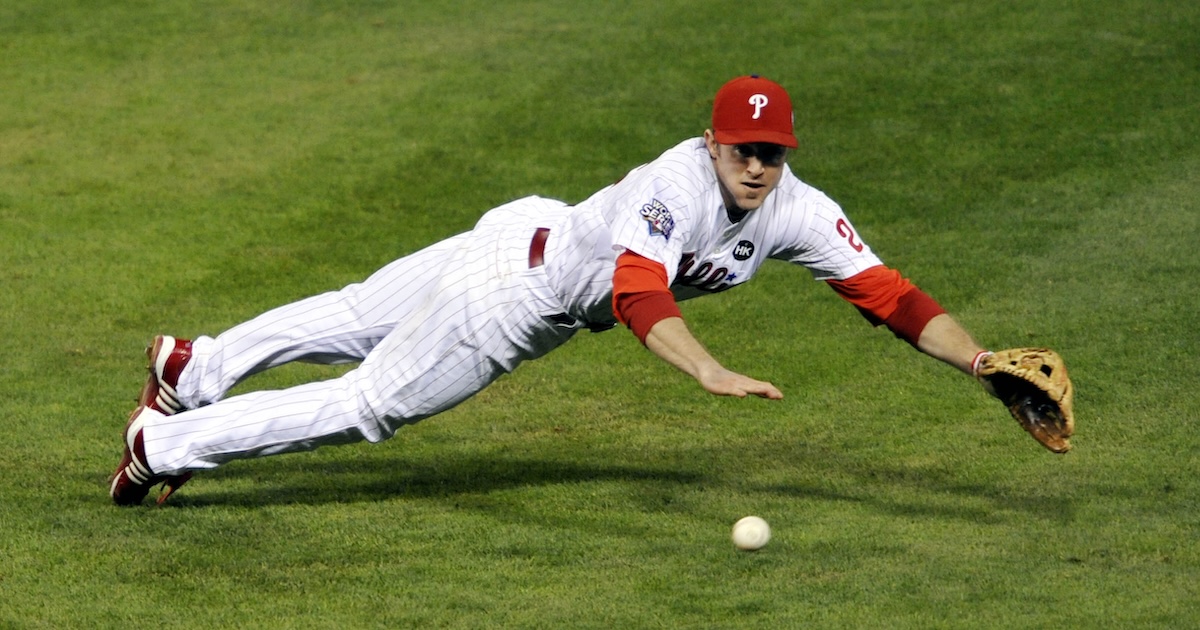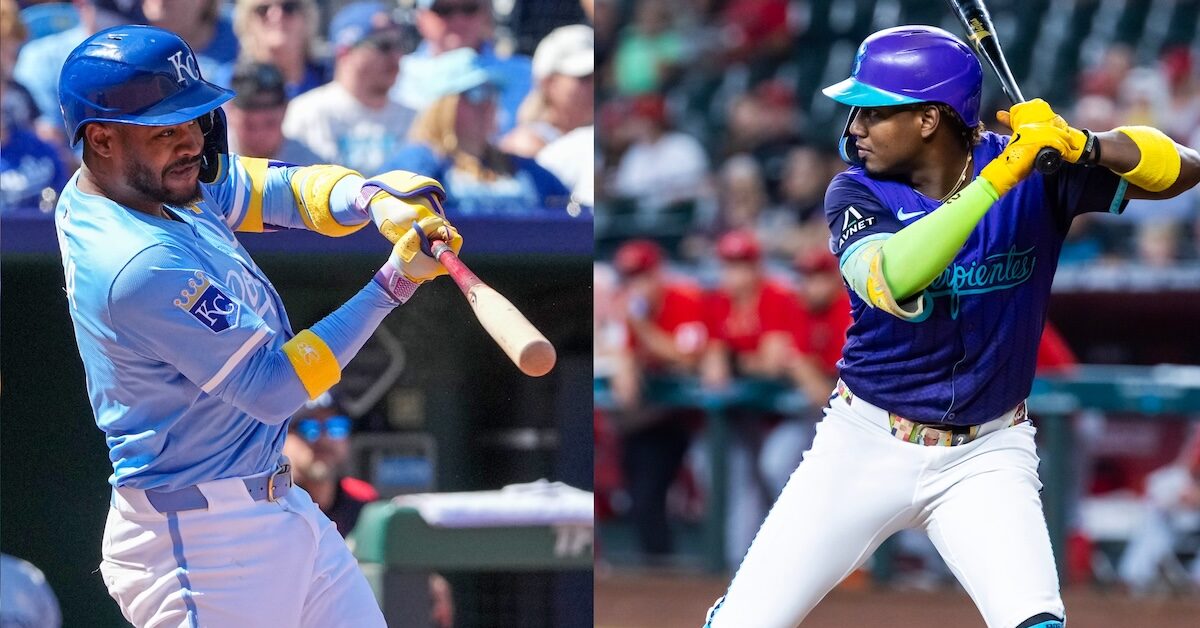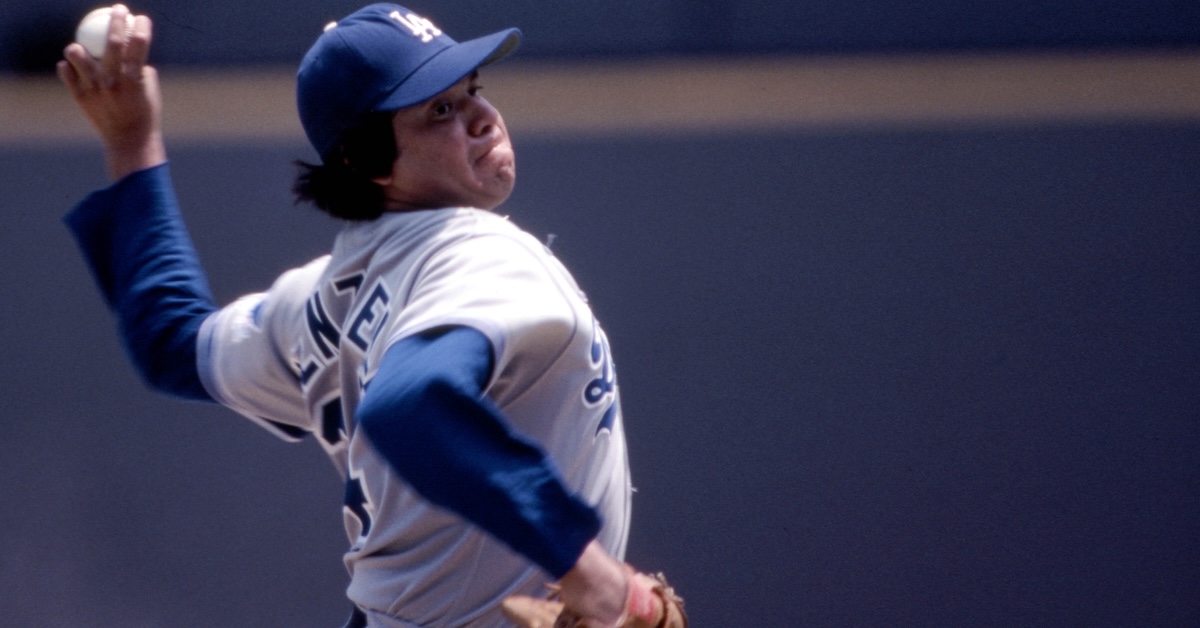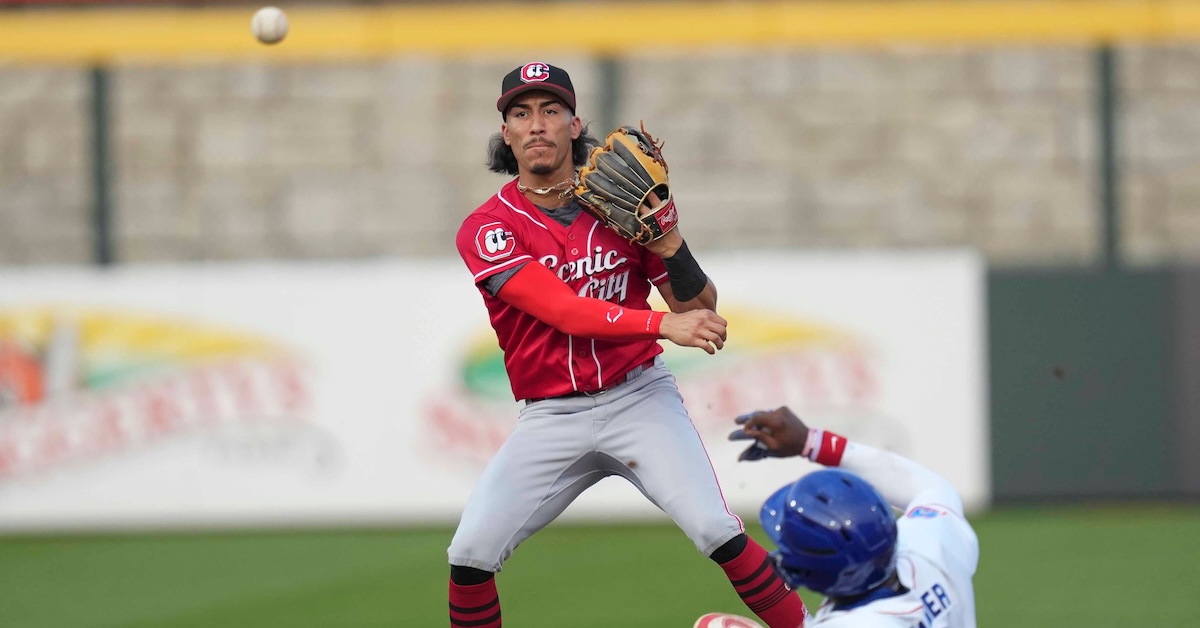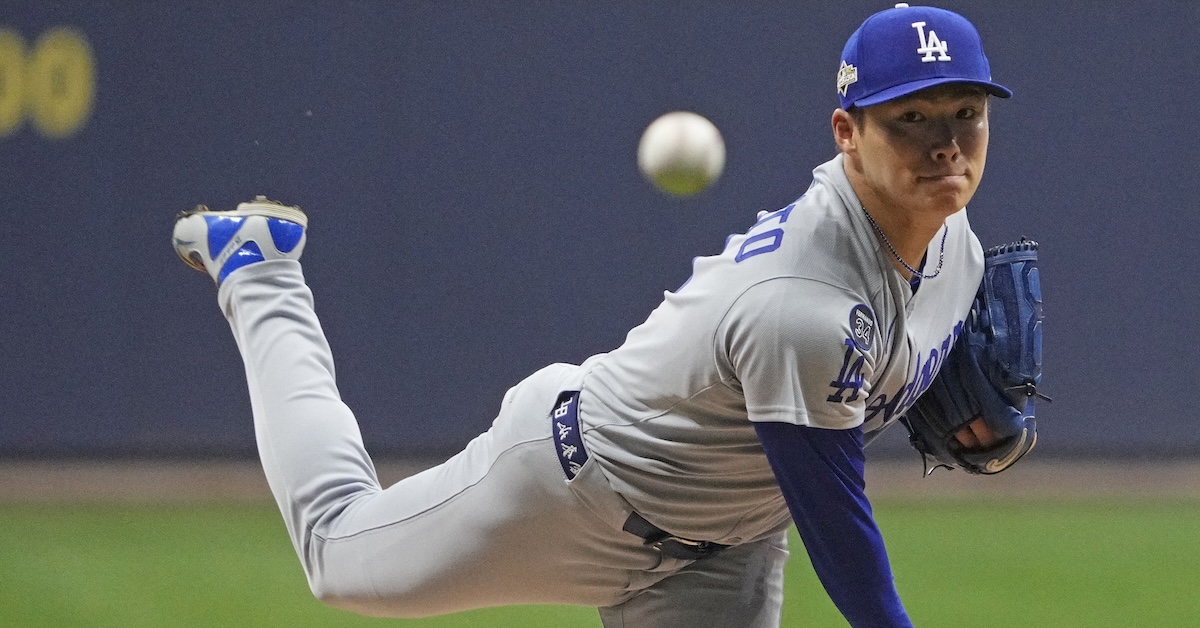Old Blood: Phillies Re-Sign Kyle Schwarber
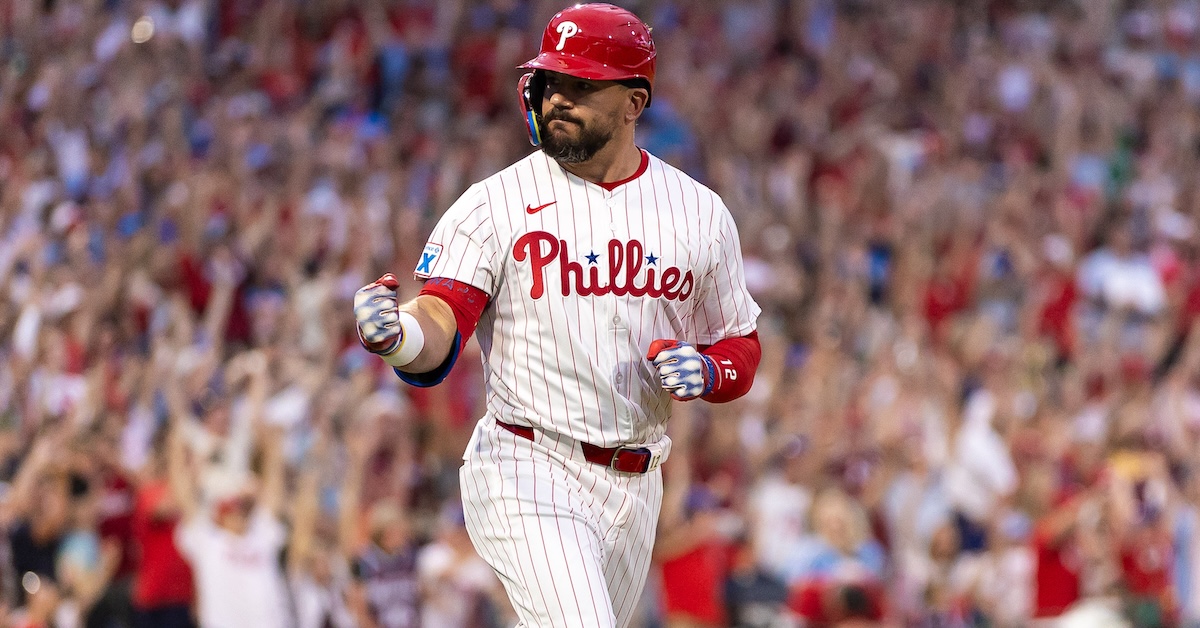
No player, not even Bryce Harper, has personified the Phillies’ recent run of four straight trips to the postseason more than Kyle Schwarber. Faced with the prospect of losing their signature slugger to the division rival Mets, Philadelphia instead retained Schwarber on a five-year, $150 million deal, news of which enlivened the Winter Meetings here in Orlando on Tuesday.
Schwarber, who turns 33 on March 5, hit .240/.365/.563 and led the National League with 56 home runs and 132 RBI while playing in all 162 games in 2025. He set career highs in home runs, RBI, games played, slugging percentage, wRC+ (152), and WAR (4.9). The last of those marks owed plenty to manager Rob Thomson’s limiting him to eight games in left field, where he’s a major liability, having totaled -37 FRV and -34 DRS in 2022–23. Only Shohei Ohtani took more plate appearances as a designated hitter in 2025 than Schwarber’s 687.
Schwarber’s season — which propelled him to a second-place finish in the NL MVP voting behind Ohtani (who won unanimously) — may have been a career year, but it was no fluke. Thanks to his ongoing work with hitting coach Kevin Long, who joined the Phillies just a few months before Schwarber signed his four-year, $79 million deal with them in March 2022, he has evolved from a pushover against lefties into a top threat in those matchups. From 2015–21 with the Cubs, Nationals, and Red Sox, Schwarber hit just .214/.324/.361 (86 wRC+) in 584 plate appearances against lefties, making 100 PA against them just twice and topping a 100 wRC+ against them only in the last of those seasons, during which he bounced from Washington to Boston. He has topped 200 plate appearances against lefties in all four of his seasons with the Phillies, and he was an above-average hitter against them in each of the last three. Over the past two years, his 524 plate appearances against lefties led the majors, while his 157 wRC+ (.275/.385/.547) and slugging percentage both ranked second behind Yordan Alvarez (albeit in just 247 PA). By comparison, he hit .244/.365/.525 (143 wRC+) against righties in that span. Read the rest of this entry »
